Knowing that we don't only see the moon at night but other stars, too, we ventured off into trying to figure out some of the answers to our questions we have about stars. One phenomenon that stuck out to us is the fact that we see the stars at night, but not during the day. Why is that? Why do we only see the Sun during the day?
After some 2D modeling and offering feedback in the form of questioning our peers, we settled on building a 3D model yet again!
Our modeling suggested a bunch of things to us:
1. The Sun is super close to the Earth. That's why it appears bigger and brighter than the rest.
2. All the other stars are farther away than the Sun. In fact, all the other planets (and their moons if they have them) are closer than any other star.
3. Since we see stars at all times of the year, they must be everywhere...not just on one side.
But this got us to wondering about the size of other stars. How do they compare to the Sun if we can see them and they're SO FAR AWAY!?!?!? Yup, that's the next thing we need to figure out!
1. The Sun is super close to the Earth. That's why it appears bigger and brighter than the rest.
2. All the other stars are farther away than the Sun. In fact, all the other planets (and their moons if they have them) are closer than any other star.
3. Since we see stars at all times of the year, they must be everywhere...not just on one side.
But this got us to wondering about the size of other stars. How do they compare to the Sun if we can see them and they're SO FAR AWAY!?!?!? Yup, that's the next thing we need to figure out!
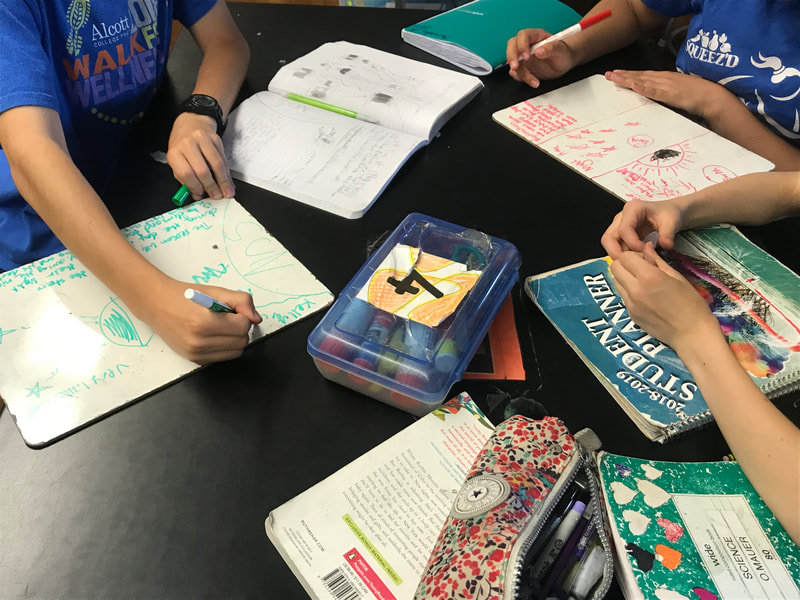
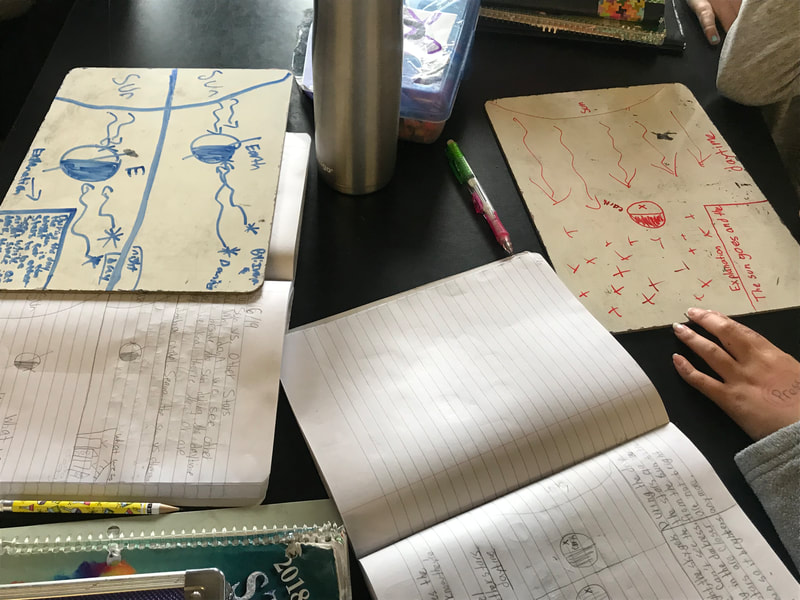
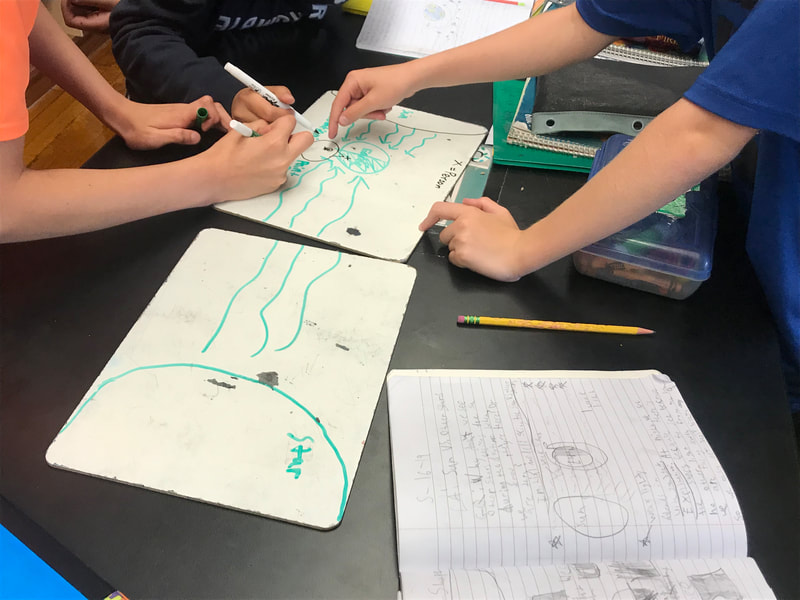
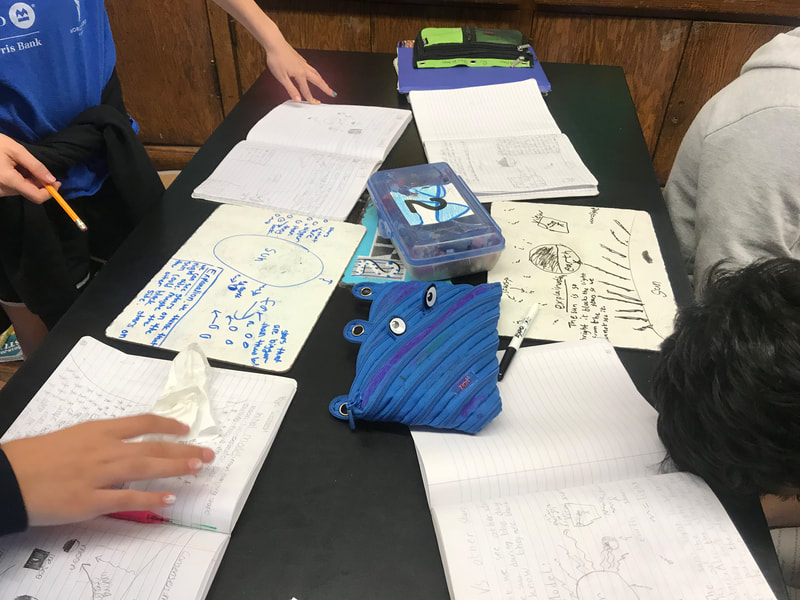
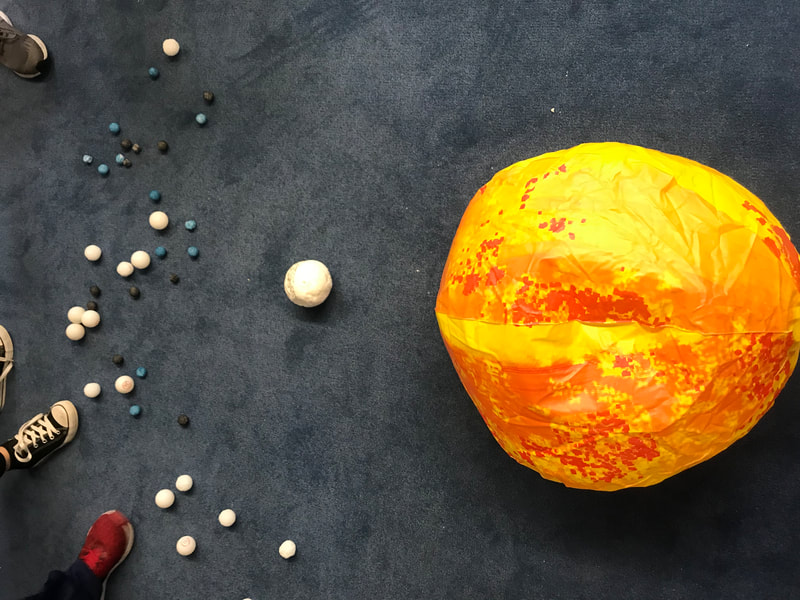
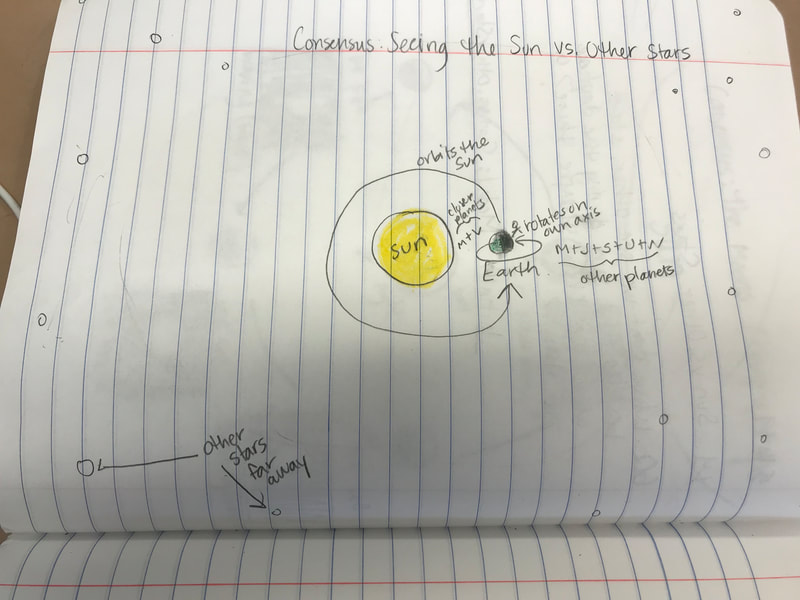
 RSS Feed
RSS Feed